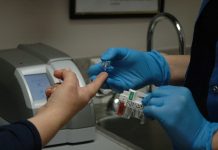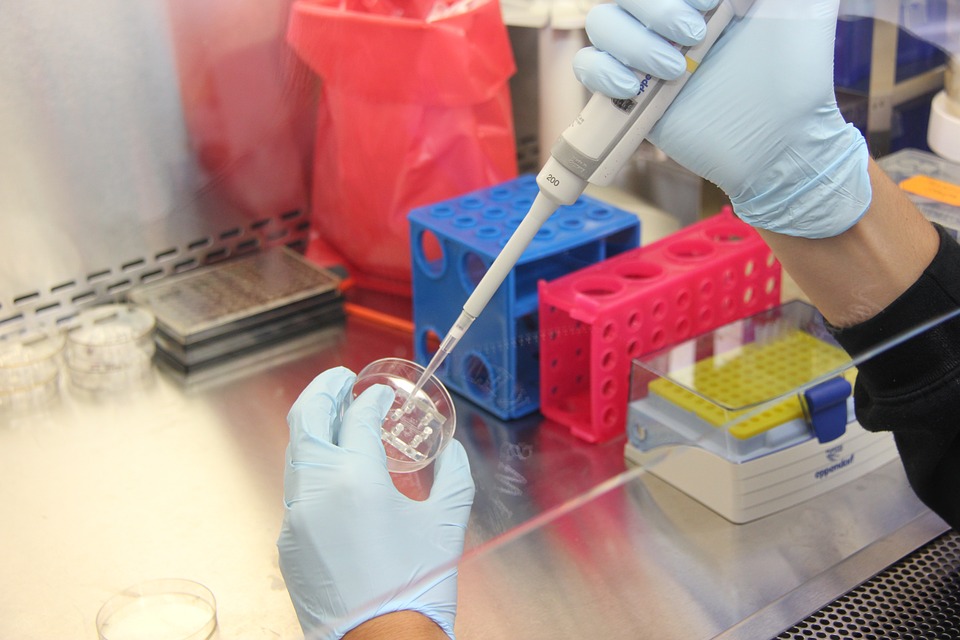June 2014 - Largely attributable to the widespread adoption of insulin analogs, use of insulin among patients with type 2 diabetes increased from 10 percent in 2000 to 15 percent in 2010, and out-of-pocket expenditures per prescription increased from a median of $19 to $36, according to a study in the June 11 issue of JAMA, a diabetes theme issue.
Insulin analogs are molecularly altered forms of insulin. Compared with human synthetic and animal insulin for treatment of type 2 diabetes, short-acting analogs may offer flexible dosing and convenience, long-acting analogs less nocturnal hypoglycemia, but both at greater cost, according to background information in the article.
Kasia J. Lipska, M.D., M.H.S., of the Yale University School of Medicine, New Haven, Conn., and colleagues used data from an administrative claims database of privately insured enrollees from throughout the United States (but with more representation from states in the South and Midwest) to examine trends in insulin use, out-of-pocket expenditures, and severe hypoglycemic events among privately insured U.S. adults with type 2 diabetes. The analysis included adults 18 years or older with at least 2 years of continuous plan enrollment between January 2000 and September 2010.
During the study period, 123,486 patients filled at least 1 prescription for insulin, comprising 9.7 percent of adults with type 2 diabetes in 2000 and 15.1 percent in 2010. Among adults who used insulin, 96.4 percent filled prescriptions for human synthetic insulin in 2000 and 14.8 percent in 2010, whereas 18.9 percent filled prescriptions for insulin analogs in 2000 and 91.5 percent in 2010. Use of animal insulin was less than 1 percent during all years.
The median out-of-pocket costs per prescription for all types of insulin increased from $19 in 2000 to $36 in 2010. Severe hypoglycemic events declined slightly over the study period, but the difference was not statistically significant.
"We found a large increase in the prevalent use of insulin analogs among privately insured patients with type 2 diabetes. The clinical value of this change is unclear,” the authors conclude. (doi:10.1001/jama.2014.6316)
Continue Reading Below ↓↓↓
This project was supported by a grant from the Agency for Healthcare Research and Quality.
Source: American Medical Association, JAMA










